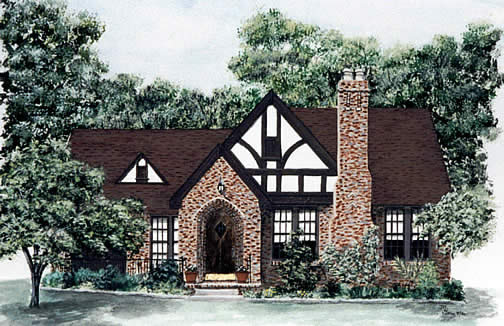How to Build a Tudor House

Tudor houses were first built in England during the medieval times and were later copied in some parts of the United States. A Tudor house gets is distinctive look from the stucco or plaster that is used while the house is under construction. Fortunately, building a Tudor house is very identical to building any other house with only slight variations. Before you can get the construction underway, you will need to get the plans sorted out, decide on the budget at your disposal and then select where you would like the house to be built.
Instructions
-
1
Decide the plan on which you would like the house to be built. Tudor houses generally have a steep pitched roof, a number of gable, tall ornate chimneys and stone accents. Make sure that the plan you choose has all these features.
-
2
Realise the fact that building a Tudor house will cost you more as compared to building an ordinary house. This is mainly because stucco, cedar and stick framing for the roof lines cost more in general. Keeping the aforesaid factor in mind, determine if you have the right budget at your disposal. If you are really into it and are lacking the resources, consider applying for a house loan before starting construction.
-
3
Another factor unique to Tudor houses is that they require more upkeep as compared to an ordinary house. You will need to get the stucco and the cedar painted from time to time. Furthermore, all exposed seams would need to be caulked.
-
4
Tudor houses have complex roof lines. This means that shingling the roof of a Tudor house would require more time.
Moreover, building the exterior of a Tudor house is more time consuming than building the exterior of an ordinary house. Keep these factors in mind in order to determine what will be required for building your planned Tudor house. -
5
For a quick Tudor look, consider getting brick or stone installed on the facade of your home and add a steep roof with chimneys. Add lots of brick and stone in order to save time when the paintwork eventually starts.







